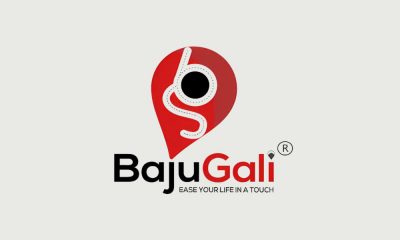Media Planning & Buying
‘Multiple brands leverage roadside DOOH in innovative ways’
Vinkoo Chakraborty, President, Rapport Chrome (an OOH arm of IPG Mediabrands India) says that conventional large formats provide impact, scale, and ubiquity, while traffic-facing DOOH takes storytelling to a whole new level.
 Traffic facing DOOH media complements traditional OOH formats, providing advertisers with many more options to choose from for their campaigns. Vinkoo Chakraborty, President, Rapport Chrome (an OOH arm of IPG Mediabrands India) shares her perspectives on road facing large format DOOH media.
Traffic facing DOOH media complements traditional OOH formats, providing advertisers with many more options to choose from for their campaigns. Vinkoo Chakraborty, President, Rapport Chrome (an OOH arm of IPG Mediabrands India) shares her perspectives on road facing large format DOOH media.
Traffic facing large format DOOH
“Roadside DOOH adds a whole new dimension to OOH advertising, offering unique opportunities for creative deployment. We’re already seeing multiple brands leverage roadside DOOH in innovative ways, and I believe this space will continue to inspire more creative-led campaigns in the future.”
Conventional large format vs. traffic facing DOOH
“When comparing the advertising opportunities for brands on conventional large formats versus traffic-facing DOOH, both formats have their own distinct roles to play. Conventional large formats provide impact, scale, and ubiquity, while traffic-facing DOOH takes storytelling to a whole new level. These two formats complement each other beautifully, enhancing the overall efficacy of brand campaigns.
Media buying patterns
“With the emergence of roadside DOOH, we’re not yet witnessing a major shift in media buying patterns. However, depending on the campaign objectives, we are increasingly including roadside DOOH in our plans. Advertisers have given mixed feedback regarding buying slots on the screens.
While some are open to sharing space with other advertisers in an OOH scenario, many prefer stand-alone assets throughout the campaign providing dedicated visibility day in and day out.”
On impressions-driven media
“While we started impressions’ driven media plans few years ago, not sure of the extent to which OOH industry pivoted to the change.”

























